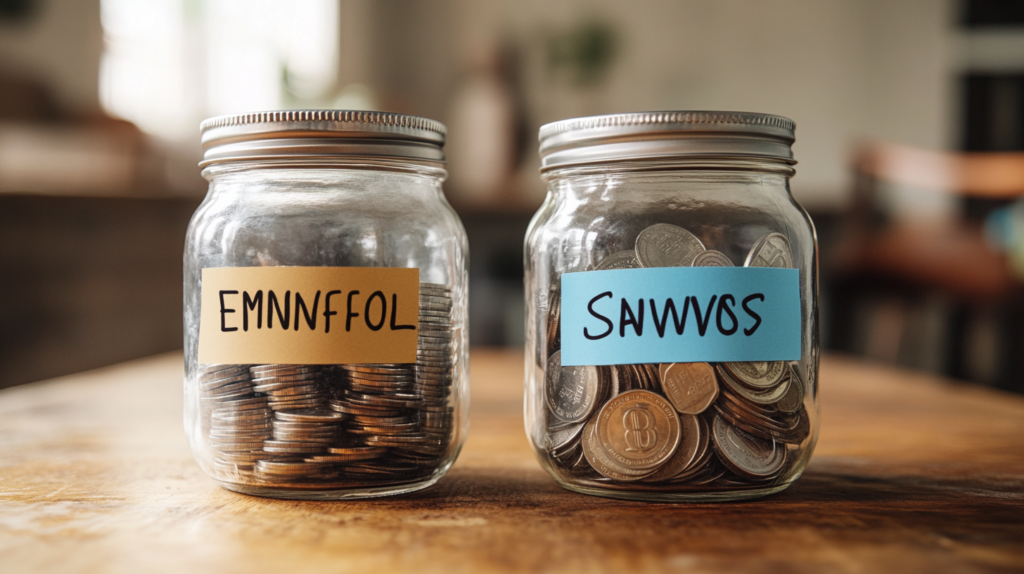
When it comes to managing your money, it’s essential to understand the distinction between an emergency fund and a savings account. While both involve setting aside money for the future, their purposes, accessibility, and strategies for use differ significantly. This article breaks down the key differences to help you manage your finances effectively.
What is an Emergency Fund?
An emergency fund is a dedicated reserve of money specifically set aside to cover unexpected expenses. It acts as a financial safety net for emergencies such as:
- Medical bills
- Car repairs
- Home emergencies (e.g., plumbing issues)
- Job loss
Key Features:
- Purpose: For urgent, unplanned expenses.
- Accessibility: Liquid and easily accessible in a savings or money market account.
- Size: Typically 3-6 months’ worth of essential living expenses.
What is a Savings Account?
A savings account is a general-purpose account where you store money for future financial goals. These goals can be short-term, like a vacation, or long-term, like a down payment on a house.
Key Features:
- Purpose: For planned future expenses.
- Accessibility: Easily accessible, but less so than a checking account.
- Size: No specific amount—varies based on personal goals.
Emergency Fund vs. Savings Account: Key Differences
| Aspect | Emergency Fund | Savings Account |
|---|---|---|
| Purpose | Covers unexpected expenses | Helps achieve planned goals |
| Use | Emergencies only | Any savings goal |
| Size | 3-6 months of expenses | Varies based on goals |
| Accessibility | High liquidity for immediate access | Accessible but not as urgent |
| Account Type | Often in a high-yield savings account | Standard or high-yield savings account |
Why You Need Both
Having both an emergency fund and a savings account is crucial for financial health. Each serves a specific purpose:
- Emergency Fund: Protects against financial shocks, such as losing a job or unexpected medical bills, ensuring you don’t derail long-term financial goals.
- Savings Account: Helps you achieve planned milestones, like buying a car, funding a wedding, or taking a dream vacation.
How to Build Both
Building an Emergency Fund:
- Start Small: Aim for an initial goal of $1,000 before working toward 3-6 months of expenses.
- Use a Separate Account: Open a high-yield savings or money market account for your emergency fund.
- Automate Savings: Set up automatic transfers to grow your fund consistently.
Building a Savings Account:
- Set Specific Goals: Define what you’re saving for and how much you need.
- Choose the Right Account: Depending on your goals, consider a standard savings account, high-yield account, or even a CD (Certificate of Deposit) for longer-term savings.
- Prioritize Contributions: Allocate a portion of your budget to savings after funding your emergency reserve.
Common Mistakes to Avoid
- Using Your Emergency Fund for Non-Essentials: Avoid dipping into this fund for vacations, gadgets, or other planned purchases.
- Not Saving for Goals: Don’t let your emergency fund be your only savings. Separate your goals to maintain clarity and discipline.
- Neglecting Growth Opportunities: For long-term savings, consider options with better interest rates, like CDs or investment accounts, while keeping your emergency fund liquid.
Conclusion
An emergency fund and a savings account serve different but complementary roles in a sound financial plan. Your emergency fund safeguards you against life’s unexpected twists, while your savings account helps you work toward fulfilling your dreams. By understanding their differences and building both, you can achieve financial security and flexibility.
